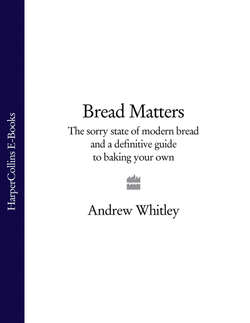Читать книгу Bread Matters: The sorry state of modern bread and a definitive guide to baking your own - Andrew Whitley - Страница 15
Cumulative effects
ОглавлениеIt is perfectly possible that a particular enzyme is ‘harmless’ in isolation, in terms of both toxicity and its functional effect in specific doughs, but the process in which it is a small element may produce bread with raised allergenicity or diminished nutritional status and ultimately, therefore, less healthy people. The challenge to industrial bakers is twofold:
Can they be sure that all bakery enzymes are safe?
Does their use produce the best possible bread?
On safety, the transglutaminase issue suggests that we need a more searching regulatory process and a considerably more precautionary approach.
On quality, it all depends how the word is defined. Rather than trade insults across the barricades of personal preference, it is worth asking what the makers of bread with added enzymes are actually trying to achieve: a saleable product or good food? Enzymes are used not for any nutritional benefit to the consumer, but to make it easier to produce bread on an industrial scale, to maximise loaf volume, to soften crumb texture and to maintain that softness for as long as possible. The net result is often a loaf of degraded nutritive value.
So there it is: your standard British loaf, made with all sorts of things you didn’t know were in it. Do people increasingly find modern bread not to their taste because of all these additives and ‘processing aids’? Perhaps. But the changes in bread since the 1960s go deeper. They affect almost every aspect of how it is made. Each change may have had its own logic at the time but together they have left us with bread that may be fundamentally flawed.
